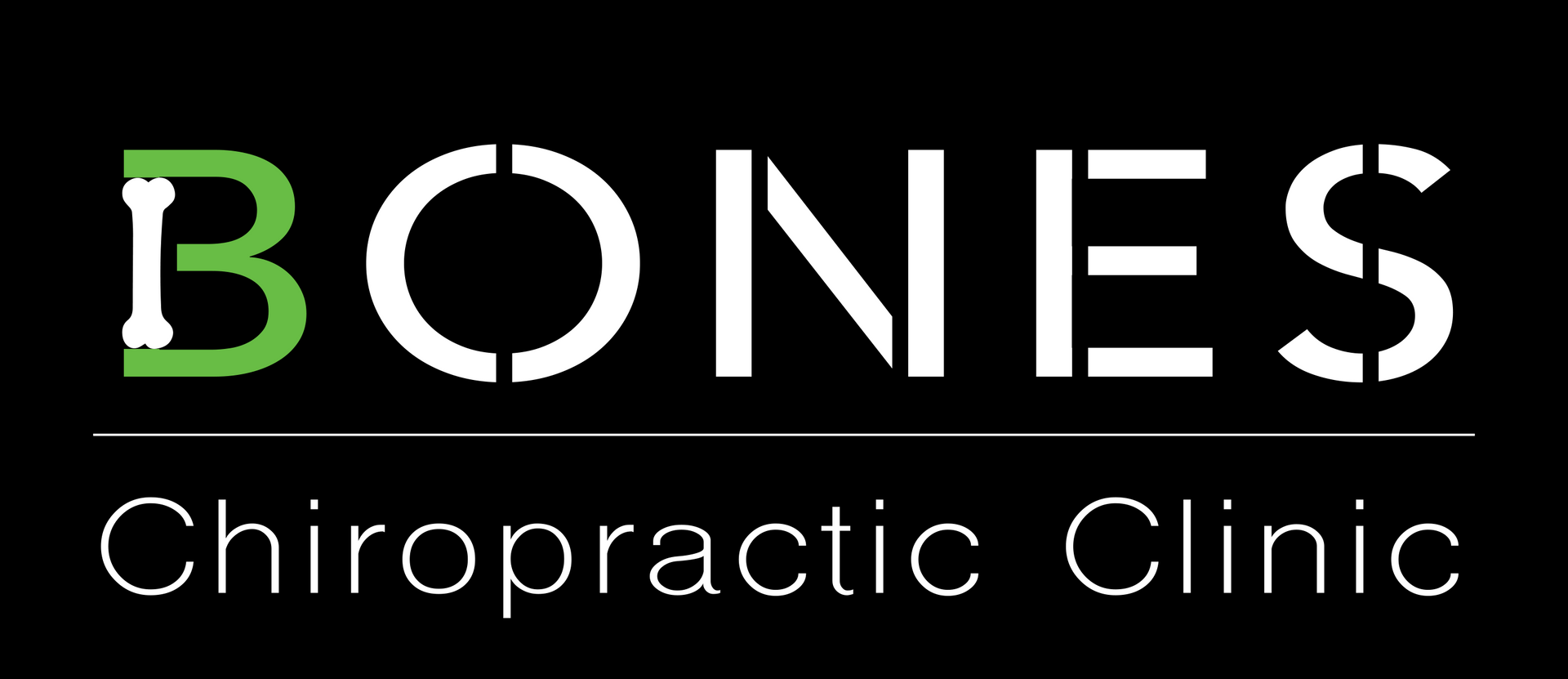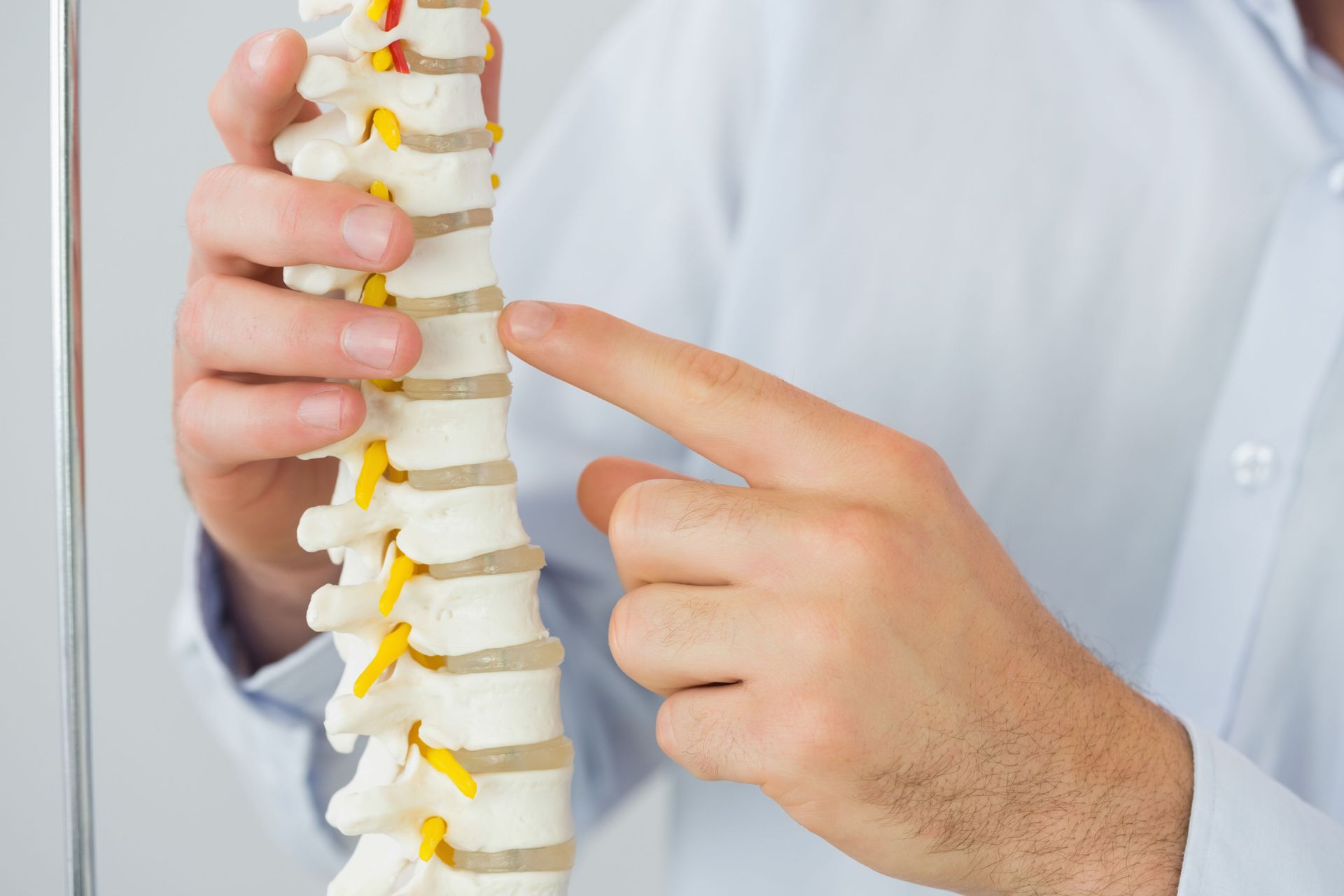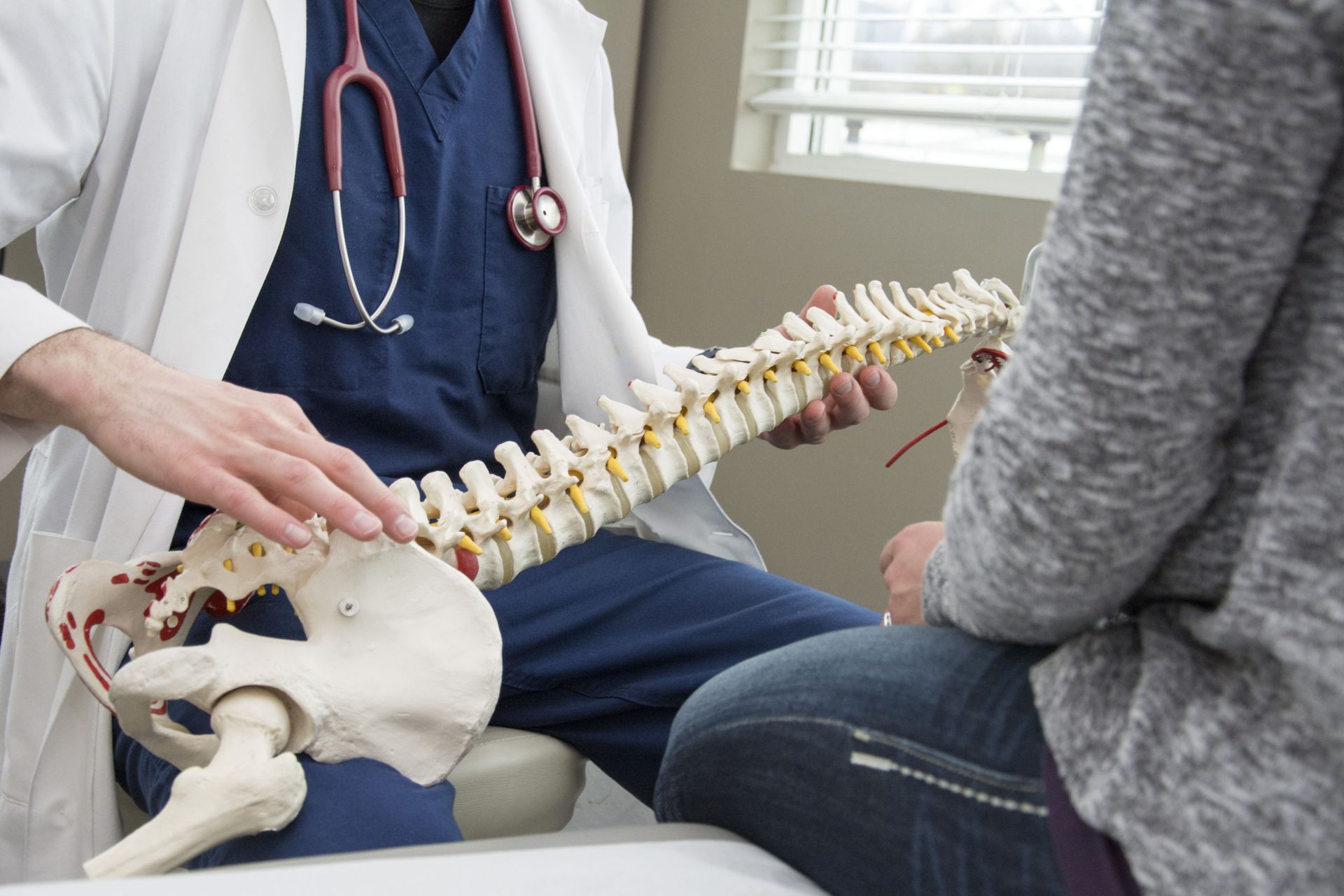How Does a Chiropractic Clinic Diagnose Issues?
The role of a chiropractic clinic in addressing musculoskeletal issues is pivotal. By focusing on patient history, physical examination, and advanced diagnostic methods, chiropractors aim to develop treatment plans that align with the individual goals and lifestyles of their patients. Understanding how these clinics diagnose problems is crucial for appreciating their approach to treatment and care. Let's explore the intricate process a chiropractic clinic follows to identify underlying health concerns in its patients.
Initial Patient Consultation
Gathering Patient History
When a patient first visits a chiropractic clinic, one of the initial steps is gathering a detailed patient history. This involves discussing any past injuries or chronic conditions that may contribute to the current health concern. Chiropractors aim to understand the full context of a patient’s health, including family history and any hereditary conditions. This information helps in developing a foundational understanding of the patient’s overall well-being. By comprehensively understanding the patient’s background, chiropractors can tailor diagnostic and treatment plans more effectively.
Understanding the Patient's Primary Concerns
During the initial consultation, the chiropractor seeks to identify the primary issues troubling the patient. This involves open communication where the patient describes their symptoms, severity, and duration. Some patients might experience pain due to prolonged posture issues, while others might have acute injuries needing immediate attention. The chiropractor listens attentively to ensure that the immediate needs of the patient are prioritized in the diagnostic process. Additionally, this dialogue allows the patient to express any fears or concerns they might have regarding the treatment.
Discussion of Lifestyle and Daily Activities
Lifestyle and daily activities are critical factors in the diagnostic process at a chiropractic clinic. Patients are often asked to describe their daily routines, physical activities, and occupational responsibilities. For instance, sedentary jobs can lead to posture-related issues, while physically demanding occupations might predispose individuals to musculoskeletal problems. By understanding these aspects, chiropractors can identify triggers or contributory factors for the patient’s condition. Efforts are also made to understand how these activities impact the patient’s quality of life and pain levels.
Physical Examination
Posture Assessment
A critical component of the chiropractic diagnostic process is assessing the patient's posture. Chiropractors carefully examine the alignment of the spine and body to identify any abnormalities. Poor posture can lead to a host of issues, including chronic pain and musculoskeletal imbalances. The chiropractor evaluates the posture while the patient stands, sits, and moves to understand how posture impacts stress across different parts of the body. Corrective strategies are then designed to help improve the patient’s posture and alleviate associated symptoms.
Range of Motion Tests
Range of motion (ROM) tests are conducted to evaluate the extent of movement in a patient’s joints. These tests involve the patient moving specific joints to identify limitations or pain points. ROM assessments help to diagnose restrictions that could be causing discomfort or limiting mobility. They also provide insight into whether these restrictions are due to muscle tightness, joint issues, or neurological impairments. Understanding these limitations aids chiropractors in creating a customized treatment plan aimed at enhancing joint flexibility and overall mobility.
Identifying Root Causes
Differentiating Between Cause and Symptoms
Determining the root cause of a patient's discomfort rather than merely treating symptoms is crucial in chiropractic care. Chiropractors focus on identifying underlying issues that give rise to pain. By addressing these causes, chiropractors aim to provide long-term relief and prevent recurrences. Symptoms often mask the deeper issues, making it essential for chiropractors to undertake a holistic examination. The objective is to ensure the treatment plan addresses the core problems rather than offering temporary relief.
Spinal Alignment and Its Impact
Spinal alignment is a central focus in chiropractic practice because of its broad impact on overall health. A misaligned spine can disrupt nerve functioning, leading to pain and discomfort in various body parts. Proper spinal alignment is crucial to maintaining optimal communication between the brain and the body. Chiropractic adjustments aim to restore alignment, thereby reducing pain and improving function for the patient. According to Gitnux, 50% of chiropractors in the U.S. believe chiropractic treatments are effective for treating headaches, highlighting the significance of spinal health.
Developing a Treatment Plan
Setting Patient-Centered Goals
Creating a successful treatment plan at a chiropractic clinic begins with setting patient-centered goals that reflect the individual’s health priorities and lifestyle. Chiropractors collaborate with patients to establish these objectives, which might include pain reduction, improved mobility, or enhanced daily function. By incorporating patient needs and preferences, a more engaged and compliant therapeutic relationship is fostered. Goals are kept realistic and measurable, allowing for ongoing assessment of progress and adjustments to the treatment plan as necessary. This approach ensures the treatment aligns with the patient’s personal vision for health and wellness.
Integrating Chiropractic Adjustments
Chiropractic adjustments, or spinal manipulations, are often central to treatment plans aimed at restoring proper spinal alignment and function. During an adjustment, the chiropractor applies controlled pressure to specific spinal segments to relieve tension and improve movement. Adjustments are not just limited to the spine; they may also involve other joints, enhancing overall musculoskeletal function. These adjustments aim to reduce discomfort and improve the range of motion, aligning with identified patient goals. Regular adjustments can provide symptomatic relief while also addressing the underlying issues contributing to pain.
Incorporating Lifestyle Modifications
Lifestyle modifications are an essential component of comprehensive chiropractic treatment plans. Chiropractors may recommend changes in activities, ergonomic adjustments in work or home environments, and modifications to exercise routines. These recommendations aim to create supportive conditions for healing and prevent additional strain or injury. By helping patients understand the importance of these lifestyle changes, chiropractors facilitate better adherence to the treatment plan and enhance health outcomes. This holistic approach underscores the need for active patient participation in the healing process.
Implementing Rehab Exercises
Rehabilitation exercises are implemented to strengthen muscles, improve flexibility, and enhance overall physical function. These exercises are tailored to the patient’s needs and focus on specific areas of weakness or restriction identified during the diagnostic process. Incorporating exercise as part of the treatment plan supports the benefits of chiropractic adjustments and promotes long-term health. Chiropractors guide patients on the correct execution of these exercises, ensuring effectiveness and reducing the risk of injury. Consistent practice of rehabilitation exercises accelerates recovery and aids in maintaining results achieved through chiropractic care.
Continual Monitoring and Reevaluation
Continual monitoring and regular reevaluation of patient progress are integral to maintaining effective chiropractic treatments. Chiropractors schedule follow-up appointments to assess improvements, address new symptoms, and adjust treatment plans as needed. This ongoing evaluation helps chiropractors determine if the current plan is meeting patient goals or if modifications are required. By staying attuned to the patient’s changing condition, chiropractors can ensure optimal care and maintain the efficacy of the treatment. This process also allows patients to discuss their concerns and achievements, fostering collaborative and responsive care.
A chiropractic clinic will utilize a comprehensive approach to diagnose and treat musculoskeletal issues. Through a combination of patient consultation, physical examination, and diagnostic techniques, they strive to uncover the root causes of patient discomfort. By educating and supporting their patients, chiropractors aim to not only alleviate symptoms but also enhance overall wellness and prevent future problems. This holistic approach underscores the importance of individualized care and proactive health management. For those seeking relief from pain and a path to improved musculoskeletal health, chiropractic care from Bones Chiropractic Clinic offers a valuable avenue of therapy. Reach out to us today to get started!






Share On: